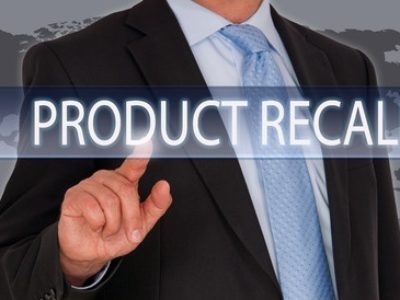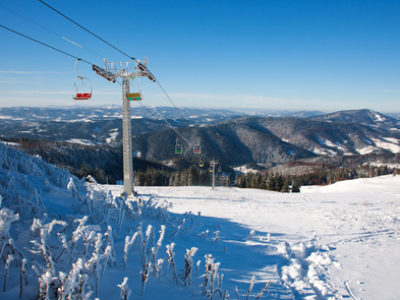

Child Safety Tips for Travel and Play
Keeping young children safe is a primary concern for most parents and caregivers. Since children do not necessarily understand the risks and consequences associated with certain actions, it is up to adults to protect kids through common sense child safety rules. The following child safety tips are helpful in a variety of common situations.
Child safety tips for travel and play
Neighborhood safety
Children love to play in their front yard and the area around their home but steps should be taken to help ensure their safety:
- Get to know your neighbors so everyone can look out for each other’s children and be aware of people entering the neighborhood who don’t belong.
- Give rules including where they can and cannot play and not to talk with, leave with or take anything from a stranger without an adult present. Children should be told to ask permission before leaving one location to play in another and never to play in an isolated location or one the parents are not aware of.
- Tell your children where and who to go to for immediate help should they need it.
Travel safety
Travel safety varies depending on the type of transportation and the age and health of your children. Regardless of your mode of travel, prevent illness by increasing your vitamins and washing hands frequently. Bring baby wipes and hand sanitizer, which can be used in a pinch.
Air travel – when traveling by airplane, a pediatrician should be consulted if your infant has respiratory or heart problems or your child has an ear infection. If traveling to a foreign country, ensure that your child has all the recommended vaccinations for that region.
Car travel – bring a proper car seat or booster seat for your infant or young child, even in countries where there is no legal requirement. Always follow manufacturer instructions for safe and proper installation of the seat. Keep children under the age of 13 in the back seat and always use safety belts.
Amusement parks/fairs/tourist attractions – always hold the hand of young children in crowded or unfamiliar places. Use a back pack with a leash, a stroller or baby carrier for little ones. Write your name and phone number on your child’s hands in case they get separated. Carry a recent photo of your child and put a photo of yourself in your child’s pocket if possible.
Water safety
Understand that small children can drown in very shallow pools of water and that drowning is often silent as the child uses all of their energy to try and catch a breath of oxygen. Irreversible brain damage or death may occur after four minutes of being submerged under water.
Parents should empty water buckets after use, keep toilet seats closed, monitor bath time and drain water immediately. Supervise children in pools until they are at least 13 years old. If you have a pool in your back yard it should have an enclosed fence at least forty-eight inches tall with a self-latching door kept closed at all times. Install a gate alarm on your pool fence and leave the pool cover on when not in use.
Backyard safety
Home playgrounds require several safety measures to reduce the risk of child injuries from collisions, falls and equipment failure. Most of the approximately 15 deaths that occur each year on playgrounds happen in at-home play structures.
- Ensure that all pieces of the structure are installed properly to prevent children from tripping, swinging or sliding into each other or the equipment.
- Ensure that openings in the structure are built to recommended size (less than 3½ inches or more than 9 inches) to prevent entrapment.
- Always place a safety surface underneath the play structure to reduce the impact of falls. Rubber mulch provides the best cushion but natural mulch has less toxic fumes.
See here for the Top 10 Home Playground Safety Tips.
Outside of backyard playgrounds adults should watch out for and remove hazards such as chemicals used to spray lawns, sharp garden tools, rusty nails and debris. Remove, block and/or educate your children about any poisonous plants or mushrooms in the yard.
Public playground safety
More than 70 percent of playground accidents occurred on public playgrounds in a 2012 CDC study.
Before you let your kids play on a public playground take a look around and check for protruding nails, rusty parts, rotting boards or other hazards. Low income neighborhoods often have playgrounds with more hazards such as rusty, old equipment and damaged fall surfaces.
Click here for playground safety tips.
If you or a loved one is dealing with an accident or injury, you have enough on your plate. Let an experienced accident attorney fight for the full compensation that you deserve. It is not uncommon to receive a settlement from the insurance company that is five to ten times bigger with the help of a lawyer. Call the caring accident attorneys at Tario & Associates, P.S. in Bellingham, WA today for a FREE consultation! We have been representing residents of Whatcom County, Skagit County, Island County and Snohomish County since 1979. You will pay nothing up front and no attorney fees at all unless we recover damages for you!




